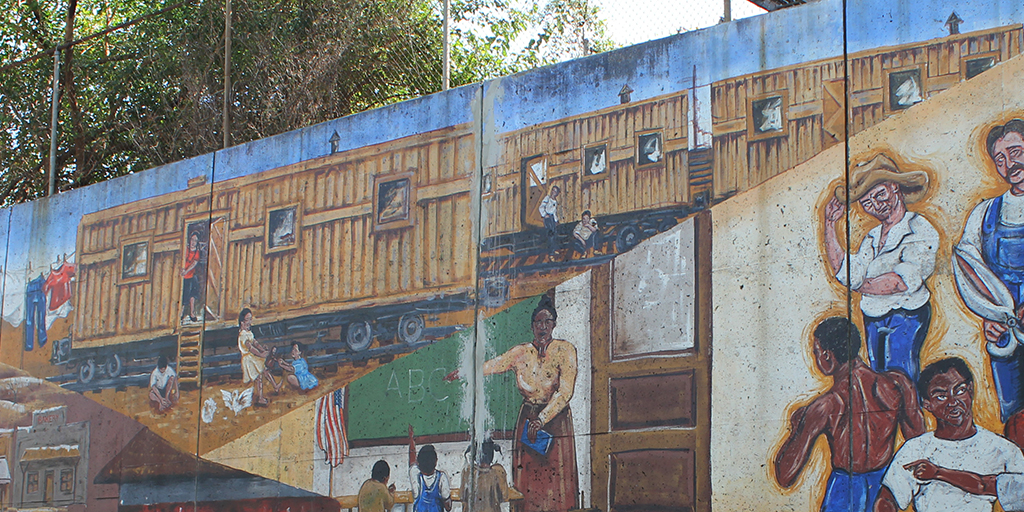Author seeks literature of a Latino heartland

LAWRENCE – When did Latinos start to imagine the Midwest as a possible homeland? When Tejano cowboys drove their cattle to market in early 20th century Kansas City? When bracero migrant workers arrived during World War II and continued coming in the postwar era?
Those are two possible answers postulated by Marta Caminero-Santangelo, University of Kansas Distinguished Professor of English, in her new article “Imagining a Latino Heartland: Migrant Placemaking, Corridos of the Midwest, and Tomás Rivera” in the journal MELUS (Multi-Ethnic Literature of the United States).
“This article is part of a book project I'm working on called ‘Imagining a Latino Heartland,’” Caminero-Santangelo said. “In literary scholarship, there's been almost no attention paid to Latino literature in the Midwest or about the Midwest. It creates the impression that there is no Latino literary cultural production in the Midwest and that Latinos themselves have not been here at all, or not for a long time.
“The idea was to find some early cultural production establishing Latino presence in the Midwest and giving some sense of how Latinos were imagining the so-called heartland, and whether they were building a relationship to it — even in imagination.”
Caminero-Santangelo turned to “The Harvest,” a posthumously published (1992) and lesser-known collection of writings by Rivera, whom she called “one of the forefathers of Chicano literature. His canonical text about migrant farmworkers is called ‘And the Earth Did Not Devour Him.’”
In an essay titled “The Great Plains as Refuge in Chicano Literature,” it was Rivera who turned to corridos — folk ballads — from an earlier era for inspiration.
Caminero-Santangelo examines two corridos — The “Corrido de Kiansis” (“Corrido of Kansas”) and “Los reenganchados a Kansas” (“The Kansas Contractees”) — for signs of any feelings of attachment the migrant workers might have for the place. She finds herself less convinced than Rivera.
“Rivera does a little bit of flip-flopping and hedging in general,” Caminero-Santangelo said. “He is trying to open up a space where the corridos imagined Kansas in a positive way because he's trying in that essay to claim a tradition of Mexican American cultural production that actually was positive about the Great Plains. And when I looked at the corridos that Rivera looked at, I thought he was stretching it a bit, and that they were not nearly as positive as he laid out. So that's my revisionism of Rivera.”
Caminero-Santangelo noted that by the time of his death in 1984, Rivera was imagining a Latino homeland in the Midwest.
“It was a rare instance of seeing a classic, very well-known early writer imagining the Midwest as a potential home,” she said. “Part of the book project is really playing with these terms, homeland and heartland, and when do writers start to think that the heartland can be a potential homeland, or even a place of the heart, a place where familial relations and communal relations are located ... which gets to the bigger issue of placemaking.”
Image: Migrants who lived in converted boxcars are depicted in a mural in the Argentine neighborhood of Kansas City, Kansas. Credit: Rick Hellman, KU News Service.